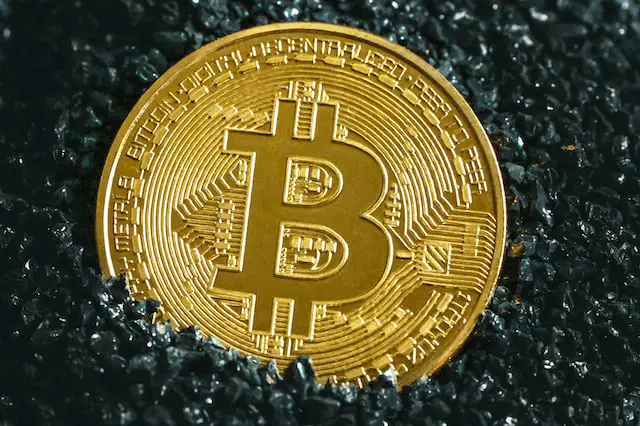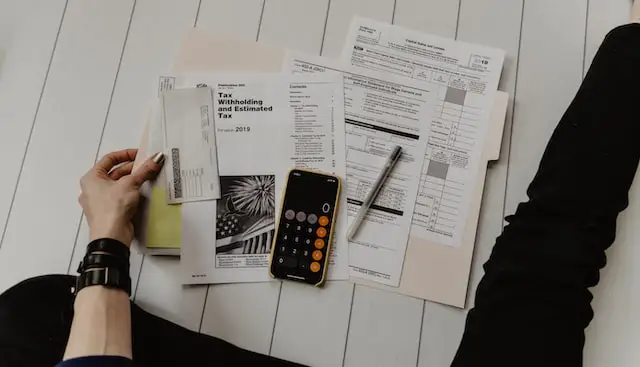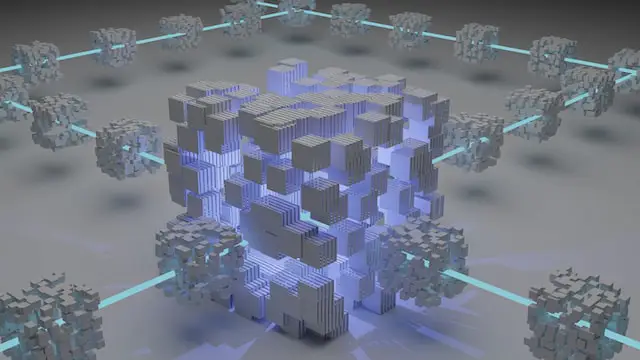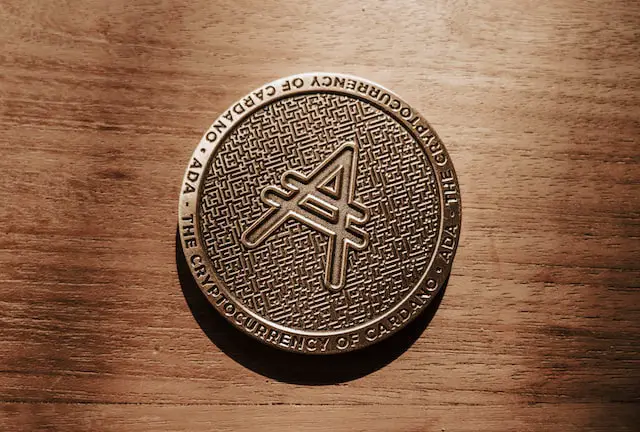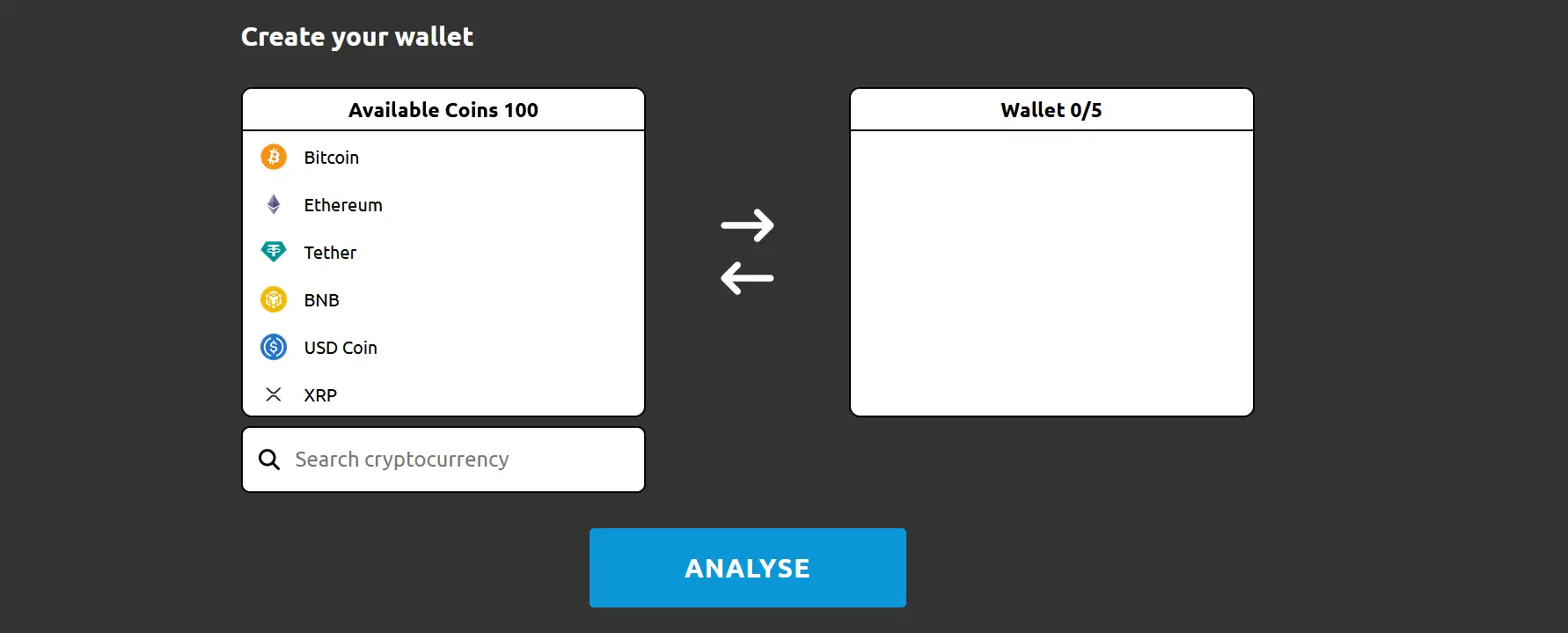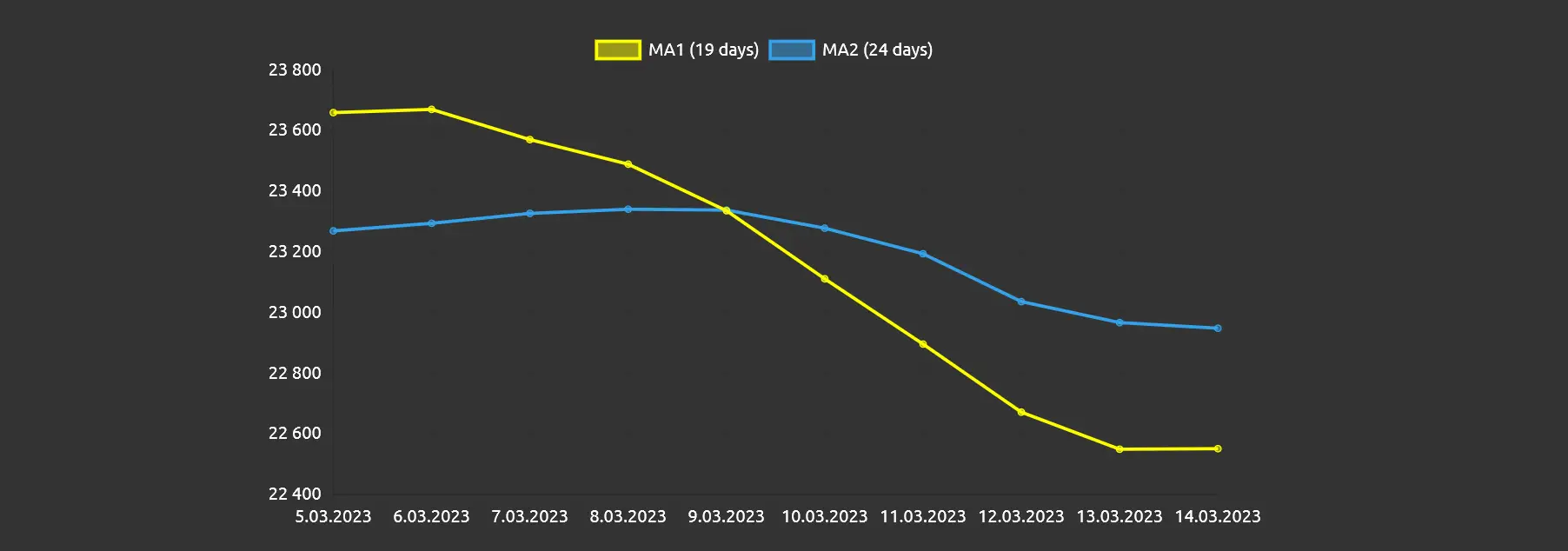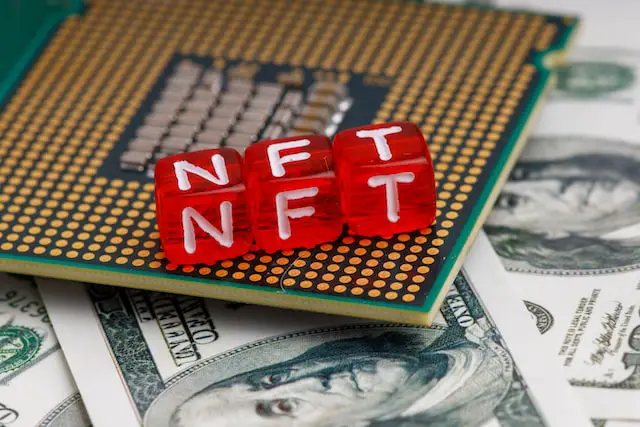
NFT introduction
If you've been following the world of art, music, and digital media over the past year, you've probably heard about NFTs. NFTs, or non-fungible tokens, have exploded in popularity as a new way for creators to sell digital art, music, and other content. In this article, we'll take a deep dive into the world of NFTs and explore what you need to know about this revolutionary new technology.
What Are NFTs?
At their core, NFTs are digital tokens that are used to represent ownership of a unique asset. This asset can be anything digital, from a piece of art to a music track or even a tweet. The key difference between an NFT and a traditional digital file is that the NFT contains information about who owns the asset, when it was created, and other metadata that is stored on a blockchain. Blockchain technology is what allows NFTs to be unique and unchangeable. A blockchain is a decentralized ledger that records transactions between parties. When an NFT is created, it is assigned a unique identifier that is recorded on the blockchain. This identifier is what makes the NFT unique and ensures that it cannot be duplicated or altered.
The Rise of NFTs
The concept of NFTs has been around for several years, but it wasn't until recently that they really started to take off. In 2021, we saw a massive surge in interest in NFTs, with sales reaching into the tens of millions of dollars for some pieces of digital art.One of the biggest drivers of the rise of NFTs has been the COVID-19 pandemic. With people spending more time at home and online, there has been a greater demand for digital content. NFTs provide a way for creators to monetize that content in a way that was not previously possible. Another factor contributing to the rise of NFTs is the growing interest in cryptocurrency and blockchain technology. NFTs are a natural extension of the blockchain, and many cryptocurrency enthusiasts see them as the future of digital ownership.
How Do NFTs Work?
To understand how NFTs work, let's take a closer look at the process of creating and selling an NFT. The first step is to create the digital asset that you want to sell. This could be a piece of art, a music track, or anything else that can be represented digitally. Once you have your asset, you'll need to create the NFT. This is typically done using a specialized NFT marketplace, such as OpenSea or Nifty Gateway. These marketplaces provide tools for creating, selling, and trading NFTs, as well as a way to store and manage your digital assets. When you create an NFT, you'll be asked to provide information about the asset, such as its title, description, and any relevant metadata. You'll also set a price for the NFT, which can be a fixed price or an auction format. Once your NFT is created, it will be listed for sale on the marketplace. Buyers can then purchase your NFT using cryptocurrency, such as Ethereum. When a buyer purchases your NFT, they will receive a digital token that represents ownership of the asset. The transaction is recorded on the blockchain, which ensures that the ownership of the asset is unique and unchangeable.
NFT's markets
NFT markets have exploded in popularity in recent years, with a growing number of platforms and marketplaces dedicated to buying and selling digital assets. One of the most popular NFT marketplaces is OpenSea, which allows creators and collectors to sell and purchase a wide range of digital assets, including artwork, music, and virtual real estate. Another popular marketplace is Rarible, which allows creators to easily mint and sell their own NFTs without the need for coding or technical expertise. Other platforms, such as SuperRare and Nifty Gateway, focus on high-end digital art and limited edition releases, with some pieces selling for hundreds of thousands or even millions of dollars. As the NFT market continues to grow, it's likely that we'll see even more platforms and marketplaces emerge, catering to different niches and types of digital assets.
While the NFT market has seen explosive growth in recent years, it's important to note that it is still a relatively new and volatile industry. The value of NFTs can fluctuate greatly over time, and there is no guarantee that a particular asset will hold its value or appreciate in the future. Additionally, the hype around NFTs has led to concerns about speculation and a potential bubble, with some critics arguing that the high prices paid for NFTs are not reflective of their true value. Despite these concerns, many creators and collectors remain bullish on the potential of NFTs to transform the way we think about ownership and value in the digital age, and the market shows no signs of slowing down anytime soon.
Conclusion
In conclusion, the rise of NFTs has been one of the most fascinating developments in the world of digital media and art in recent years. While the concept of NFTs has been around for a while, it wasn't until recently that they really started to take off. The COVID-19 pandemic, the growing interest in cryptocurrency and blockchain technology, and the desire for digital ownership have all contributed to the explosion in popularity of NFTs. As we've seen, NFTs provide a way for creators to monetize digital content in a way that was not previously possible. They also provide a new way for collectors and enthusiasts to own and trade digital assets. While there are still questions about the long-term viability of NFTs and their impact on the art and media industries, there is no doubt that they have captured the imagination of many people around the world.
Resources
- https://www.forbes.com/advisor/investing/cryptocurrency/nft-non-fungible-token/
- https://www.nationalgeographic.com/science/article/how-nfts-work-explainer
- https://www.bbc.com/news/technology-56371912
- https://www.nft.com/
- https://www.forbes.com/sites/markfaithfull/2023/03/10/starbucks-nfts-sell-out-in-18-minutes-as-secondary-price-soars/
Author
- click on the author to see more information.
